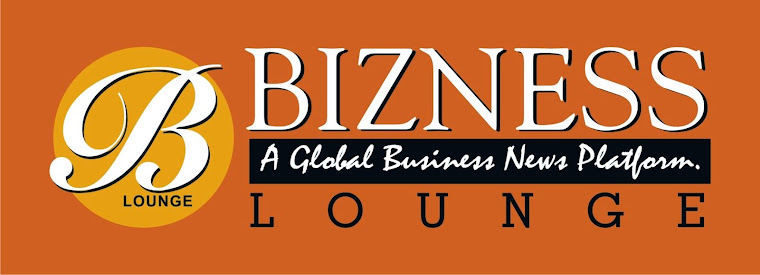The index of U.S. leading indicators accelerated in September, signaling the world’s largest economy will keep expanding into 2015.
The Conference Board’s gauge of the outlook for the next three to six months climbed 0.8 percent after no change in August, the New York-based group said today. The median forecast of 45 economists surveyed by Bloomberg called for a rise of 0.7 percent.
Job gains on pace for their strongest year since 1999 and cheaper gasoline prices are buoying Americans’ spirits and giving households the wherewithal to spend. The lift to consumer purchases, which account for almost 70 percent of the economy, will help
drive U.S. growth even as Europe struggles and markets in emerging nations cool.
“The economy is faring quite well,” Millan Mulraine, deputy head of U.S. research and strategy at TD Securities LLC in New York, said before the report. “Given the strong fundamentals, the U.S. should be able to weather any global downturn.”
Estimates in the Bloomberg survey ranged from gains of 0.2 percent to 0.9 percent, after a previously reported 0.2 percent rise in August.
Nine of the 10 indicators in the leading index contributed to the increase, today’s report showed. They included fewer jobless claims, more factory orders, and the interest-rate spread between the federal funds rate and 10-year Treasury notes.
Building Permits
Increases in building permits and consumer-goods orders also helped propel the LEI last month. Permits for future residential projects rose in September to a 1.02 million annualized pace, pointing to a sustained rate of construction. Housing starts also climbed last month.Americans are returning to the real-estate market as mortgage rates remain low and employers have added 2 million workers to payrolls so far this year.
The housing market is showing “more modest growth” than in 2012 and 2013, according to Larry Seay, chief financial officer at Meritage Homes Corp., a Scottsville, Arizona-based builder. At the same time, “it is still in the early innings of recovery and has a potential to grow for many years,” he said at an Oct. 1 finance conference.
Confidence improved last week as Americans grew more upbeat about the economy than at any time in almost seven years, other figures showed today. The Bloomberg Consumer Comfort Index climbed to 37.7 in the period ended Oct. 19, matching the second-highest level since August 2013, from 36.2. A gauge of attitudes about the world’s largest economy was the strongest since January 2008.
Jobless Claims
Another report showed claims for unemployment benefits over the past month fell to the lowest level in 14 years. The four-week average of jobless claims, a less-volatile measure than the weekly figure, dropped to 281,000, the lowest since May 2000, from 284,000 the week before, the Labor Department said. The reading for the week ended Oct. 18 climbed by 17,000 to 283,000, in line with the median forecast of 52 economists surveyed by Bloomberg.The Conference Board’s index of coincident indicators, a gauge of current economic activity, rose 0.4 percent after a 0.1 percent gain in the prior month.
The coincident index tracks payrolls, incomes, sales and production -- the measures used by the National Bureau of Economic Research to determine the beginning and end of U.S. recessions.
The gauge of lagging indicators increased 0.1 percent, today’s report showed.
Global Markets
In contrast to the U.S., concerns are mounting about global economic weakness. The International Monetary Fund cut its forecast for international growth in 2015 and said the euro area faces the risk of a recession. The Washington-based lender trimmed projections for emerging markets including Brazil and Russia, while raising them for the U.S.“The financial markets are reflecting turmoil and unease, but the data on the leading indicators continue to suggest moderate growth in the short-term,” Ken Goldstein, economist at the Conference Board, said in a statement.
Households are getting relief as their fuel bills decline. Both West Texas Intermediate crude and Brent crude have plunged more than 20 percent from their June highs, meeting the common definition of a bear market.
Gasoline Prices
The average cost of a gallon of regular gasoline fell to $3.08 yesterday, the lowest since 2011, according to AAA, the biggest U.S. motoring group.The decrease in fuel prices will free up as much as $60 billion over the next year that the consumer can spend on other goods and services. Economists at Barclays Plc and JPMorgan Chase & Co. are among those that project the boost to incomes will lift economic growth in coming months.
Beyond fuel, inflation remains limited for American consumers. The cost of living barely rose in September, restrained by decelerating prices for a broad array of goods and services, figures showed yesterday. That signals the Federal Reserve can keep interest rates low well into 2015 even as policy makers wind down the central bank’s monthly asset purchases.

No comments:
Post a Comment